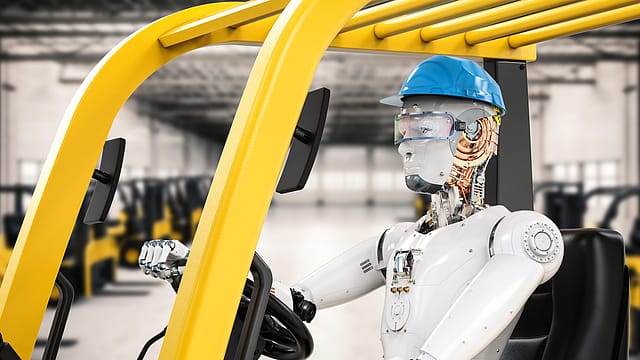Unusual level of volatility in the decades ahead: Bain
ADVERTISEMENT

“It was the best of times, it was the worst of times,” wrote Charles Dickens in A Tale of Two Cities, a novel set in a society on the brink of a revolution. It is also one of the most popular opening lines in literature, as it resonates with the perpetual struggle of the haves and the have nots. Consulting firm Bain & Co. recently released a report that hammers in the duality of what Dickens wrote back in 1859.
The Bain report, Labor 2030: The collision of demographics, automation and inequality, talks about how the large forces of rising inequality, automation and demographic shifts will radically change the business environment in the 2020s and beyond. “We expect the 2020s to be a period of greater macro turbulence and volatility than seen in decades. It is also likely to be a period in which extremes become more extreme,” says the report.
Technology has been changing lives at warp speed and disrupting things faster than it ever has. While it is perhaps the most technologically advanced period in history, it can potentially be the most tumultuous owing to the pace of change.
“Technological innovations will give rise to new corporate powerhouses, but at the same time, pervasive insecurity may haunt ordinary families and global enterprises alike,” the report says.
December 2025
The annual Fortune 500 India list, the definitive compendium of corporate performance, is out. This year, the cumulative revenue of the Fortune 500 India companies has breached $2 trillion for the first time. Plus, find out which are the Best B-schools in India.
It identifies three mega-trends that will disrupt labour markets—changing demographics, accelerating automation, and rising inequality. Put together, these will be a challenge for businesses and investors. Equally, says the report, they could trigger a decade-plus investment boom, as companies may feel compelled to invest in automation.
The labour force growth that started in the 1950s owing to—the coming of age of the baby boomer generation, women’s entry into the workforce and integration of China and India into the global economy—is seen dwindling. Demographics are shifting, and there are technological and social changes that point to a very different labour market conditions going ahead, according to Bain.
It underlines the current trends—older workers delaying retirement, younger workers delaying entry into the workforce and baby boomers moving into retirement. It says the population of those 65 and above will grow faster than the working-age population in OECD countries in the coming decade, and the deceleration in labour force growth in these countries may result in a $5.4 trillion GDP shortfall by 2030.
The fear of automation taking jobs is rife in the labour market. While automation will boost productivity, it will also eliminate millions of jobs and suppress wages. The report says that a range of technologies including robotics, drones, artificial intelligence and machine learning algorithms will transform the service sector of advanced economies and some emerging economies.
“By 2030, employers will need 20% to 25% fewer workers, equivalent to 30 million to 40 million jobs in the U.S.,” it says.
Although, it will take some time for the full impact of automation to play out, as cheap labour will be available for the next decade at least, and because the adaptation of automation will be gradual.
The report says middle- and low-income workers are at a higher risk of losing jobs to automation, thereby increasing inequality.
“As automation technologies spread, we expect employment and wage growth to be concentrated in jobs that require high social and analytical skills—jobs that are already relatively highly compensated today. Workers in mid- to low-skill roles who rely on physical labour or analytical skills vulnerable to automation are at higher risk of losing their jobs or facing pressure on wages,” the report says.
It also underlines the primary macroeconomic consequence of higher inequality; it constrains growth by limiting the growth of effective demand vs. the growth in supply. “Despite many technological innovations that will increase the capacity for goods and services, the inability of effective demand to keep pace may ultimately reduce growth,” it says.
Bain predicts an acute shortage of highly skilled, high- income workers in the 2020s as investment in automation technologies takes off. Although workers will acquire new skills, it will take time.
“The reskilling and retraining transition will require several decades, making the scarcity of highly skilled workers a long-term challenge for employers,” says Bain.
Lastly, governments might have to play a larger role and become more interventionist in the face of rising inequality and use higher taxes regulation to manage market imbalances, the report adds.
